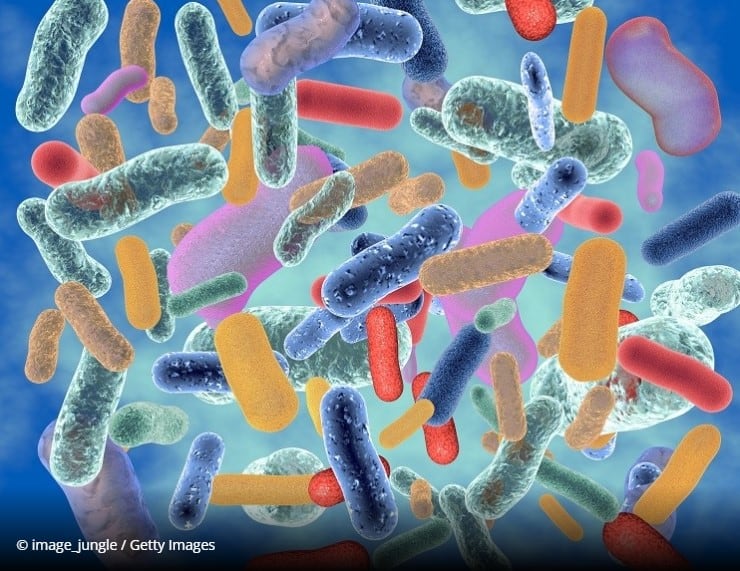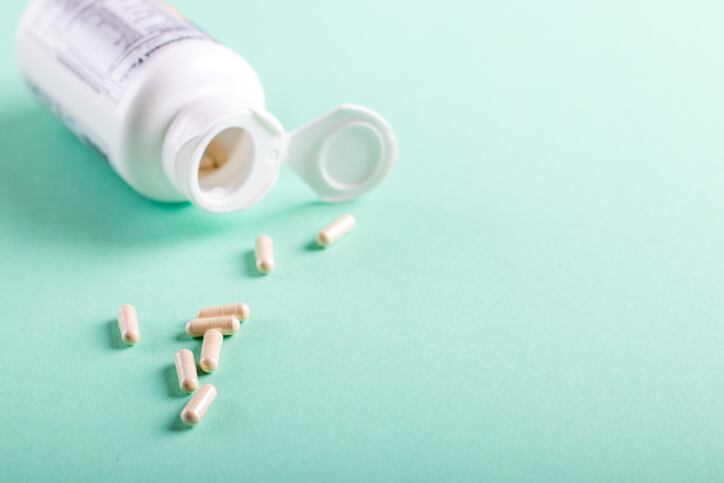BV affects nearly 30% of women globally but current antibiotic treatment is often ineffective with high recurrence among sufferers. This may be due to the dominance of BV-promoting Lactobacillus iners (L. iners) in the vaginal microbiome following antibiotic treatment, say the authors of a study published in Nature Microbiology.
However, the scientists believe they have made a breakthrough in the search for a therapeutic solution after discovering a way to reduce the abundance of harmful L. iners using cysteine inhibitors, without affecting the growth of protective vaginal bacteria.
This suggests a “path to better therapies”, says co-author Nomfuneko Mafunda: “These findings were exciting because they suggested a way to improve BV treatment by blocking L. iners growth in favour of more health-associated species like L. crispatus,”
Study conditions
The female genital tract is colonised by a mixture of bacterial communities, known as the vaginal microbiome. When dominated by the species Lactobacillus crispatus (L. crispatus) the environment performs a protective role while an abundance of L. iners can provoke disease.
The researchers explain that although L. iners is the most abundant and common vaginal bacterial species worldwide, it is poorly studied because scientists have had difficulty growing it in the lab under conditions used to culture species like L. crispatus.
Senior study author, Dr Doug Kwon, MD, PhD, comments: “One reason it’s been difficult to develop effective BV treatments is that we haven’t had the correct tools to study the vaginal microbiome in the lab.
“Here, developing the right tool to cultivate L. iners in the lab immediately translated into an important finding that will hopefully lead to improved therapies for BV.”
Role of cysteine uptake
The scientists at Harvard identified unique nutritional requirements that distinguish L. iners from L. crispatus, potentially allowing L. iners to be targeted using novel therapeutic strategies.
An analysis of over 1,200 Lactobacillus genomes in more than 300 women across four continents, revealed that none of the bacterial species make their own cysteine.
Cysteine concentrations in vaginal fluid samples from South African women with high rates of BV were measured. Higher levels were associated with Lactobacillus-dominant microbiomes while BV was associated with low cysteine levels. The scientists therefore determined that bacterial growth was dependent on external cysteine sources.
Subsequent tests evaluated the effects of compounds known to inhibit cystine uptake, with results showing cystine uptake inhibitors selectively blocked growth of L. iners in vitro, but not other Lactobacillus species.
“The results suggested all vaginal lactobacilli acquire cysteine from their environment, but L. iners’s ability to do so was more limited than other species,” says Lead author, Dr Seth Bloom.
“Indeed, when we looked at the genomes, we saw that all species except L. iners had multiple systems that are predicted to transport cysteine or its oxidized form, cystine.”
A step forward
To evaluate the effect of blocking L. iners growth on the microbiome environment, the team carried out an in vitro evaluation of mixed bacterial communities, including L. iners, L. crispatus, and various BV-association bacteria.
Samples were treated with an antibiotic commonly used for BV therapy, with a cysteine uptake inhibitor, or with both compounds. Results showed that the combination allowed L. crispatus to outcompete other species more effectively than treatment with the antibiotic alone.
The authors maintain the results offer “a promising step forward for this common but difficult-to-treat condition”, although they add important questions remain, such as how L. iners takes up cysteine from the environment, which may necessitate the development of more potent inhibitors before the strategy can be used to treat patients.
Source: Nature Microbiology
Published online: doi.org/10.1038/s41564-022-01070-7
‘Cysteine dependence of Lactobacillus iners is a potential therapeutic target for vaginal microbiota modulation’
Authors: Seth Bloom




